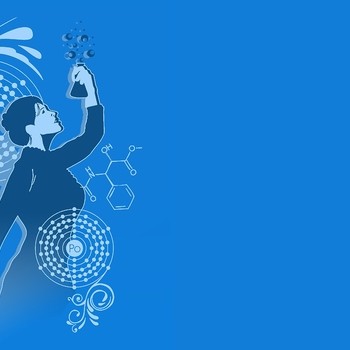What happens in the light-dependent reactions?
1 Answer
Photosynthesis first occurs in photosystem II
1) A photon of light strikes P680 this results in P680 transitioning to its excited state (P680*). The molecule is rapidly oxidized transferring its electron to the primary acceptor.
Note: P680+ is the strongest biological oxidizing agent because it splits water into Hydrogen and Oxygen thus by oxidizing water P680 receives two electrons.
2) From the primary acceptor, the electrons transfer to plastoquinone (PQ) then to the cytochrome complex. As PQ accepts electrons from the primary acceptor it also gains hydrogen protons from the stroma. As PQ gives electrons to the cytochrome complex it releases hydrogen protons into the thylakoid lumen.
3)Electrons transfer from the cytochrome complex to plastocyanin into photosystem I.
4) When a photon of light is absorbed by photosystem I it forms P700* .
P700* chlorophyll transfers its electron to the primary electron acceptor forming P700+.
P700+ is reduced back to P700 by the oxidation of plastocyanin.
5) The electrons are transferred to ferredoxin. The oxidation of ferredoxin results in the transfer of the electron to NADP+
reducing it to NADP.
6) A second electron is transferred to NADP by another
molecule of ferredoxin. This second electron and a proton (H+) from the stroma are added to NADP by the NADP+ reductase to form NADPH.
7) The increase in proton concentration in the thylakoid lumen turn the ATP synthase complex which attaches an organic phosphate onto ADP to produce ATP.
This process is called photophosphorylation.
The end products of photosystem I and II is ATP and NADPH.
Best Of Luck
-AN

